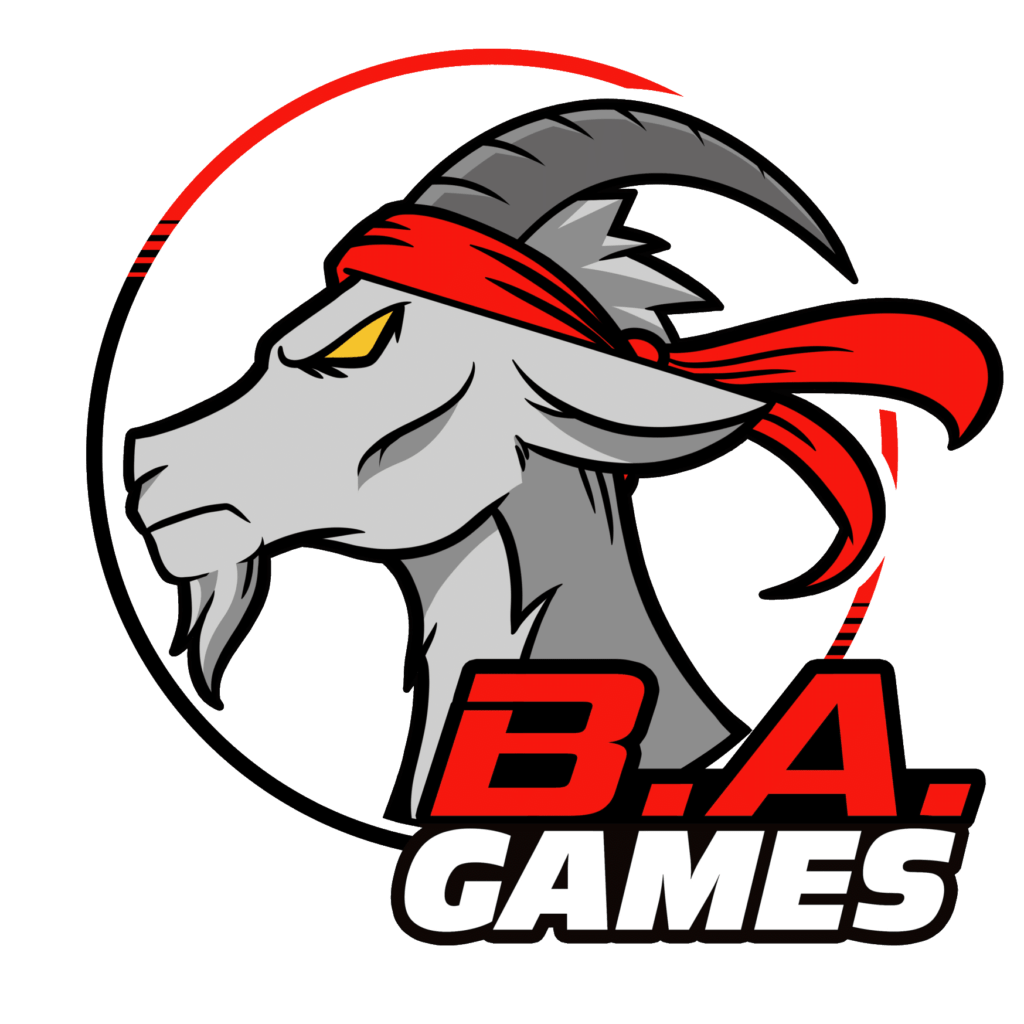Ed “Duke of BAzlandia”
When working on any sort of project it is important to have a clear delineation and understanding of individual responsibilities. In my opinion, this is true for any project that you will have any help or collaborators on. This holds true regardless of how alike, friendly, or on the same page you are with someone. Without this division, understanding of respective roles, and where the Onus falls, there will eventually be trouble sometime down the road.
When this disagreement, contest of wills, or difference of opinion happens and creates conflict, it can literally sink a project, lead to ill feelings, and, at the extreme, ruin relationships between individuals. This conflict could be as simple as wording, game design direction, art direction, or as complicated as marketing timelines, company policy and direction, etc. There needs to be something in place to prevent this (in my opinion though, this is unpreventable because human nature creates conflict) or at the very least how it will be approached and resolved.
I personally favor an approach where at the beginning of a project or collaboration, the first official meeting is about identifying and implementing a conflict resolution system. At this first meeting, before anything else is discussed, hash out all of the areas of responsibilities that go along with the project. These can be as broad or as detailed as you decide. I call these areas of responsibility “departments.” After identifying these departments, you also identify what is expected from each individual who is involved or has actions to perform in the department. Setting these expectations at the beginning and writing it all down is essential, so everyone understands what is being agreed to. It is also important for everyone to have access to this agreement so that it can be reviewed and altered when necessary. Once these responsibilities are defined it is time to identify who has the “hammer” in each department. The hammer is who has the final say in a department when a disagreement arises. This hammer can vary from department to department and reside with different people but everyone involved must understand who has the authority or final say in every department. It is also potentially beneficial in collaborations that involve many people to identify an appeal authority and who has the overarching, whole project hammer.
This process of identifying departments, responsibilities, and expectations for each individual within the department, how disagreements will be handled, and who can make the final decision within a department, is crucial to do at the very beginning of a project. This process will set a framework for the collaboration and will help you identify individuals that will be difficult to work with, people you don’t want to work with, or provide a direct way to remove someone from your project with direct evidence of what expectations were agreed to.
This process may sound quite sterile and some would even say harsh but I have found that when collaborating on just about anything being direct, open, honest, and, most importantly, deciding to not take offense will allow for great things to be done.
I am not encouraging conflict or discouraging cooperation, but if something is going to get done, it is sometimes necessary to push forward and make decisions.
Someone has to have the Hammer.

The Anvil For The Hammer
Sam “King of the Hilltop”
For those who don’t know, B.A. Games is a collaborative effort between my brother Ed and myself. We both take part in the ups and downs of the work and all that entails. Now, all that being said, working together can be difficult and frustrating but the key is knowing how to make progress together despite the setbacks.
My brother has a metaphor about hammers and who is wielding it to get the job done. I would like to build on that by saying if there is a hammer, there needs to be an anvil.
When you have a vision for something, whether it’s a game or a business, you need feedback. This is why we playtest games, create pilot episodes of a new show, and do A/B testing in marketing. Ideas need to be created into products so they can be handled and seen. That product can be a board game, a business, or even just your experiences as a worker. These products become better when you can receive feedback from those you trust and respect.
Now, once you take that feedback, it does not mean you have to change what you are doing. This is the hard part for me as I tend to try and seek consensus for the correct course of action. This does not always happen, which means the person with the hammer, the person in charge, has to make a choice on what is to happen.
When you become that soundboard, that anvil, you need to provide feedback that not only states the issues but can help provide options for the person in charge. They may choose to ignore the feedback or they may choose to change something else that they feel caused the problem. However, it’s up to the person who is responsible for those decisions to make that call, not you. Something that I struggle with is letting go when it is not my responsibility. I have some very strong opinions but the person making the choice has to shoulder the responsibility and consequences. So, in the end, the decision must come from them.
When it’s time to be the anvil, be there for them and let them work.
ENTER YOUR EMAIL BELOW FOR MONTHLY UPDATES AND THANKS FOR SHARING WITH YOUR FRIENDS
